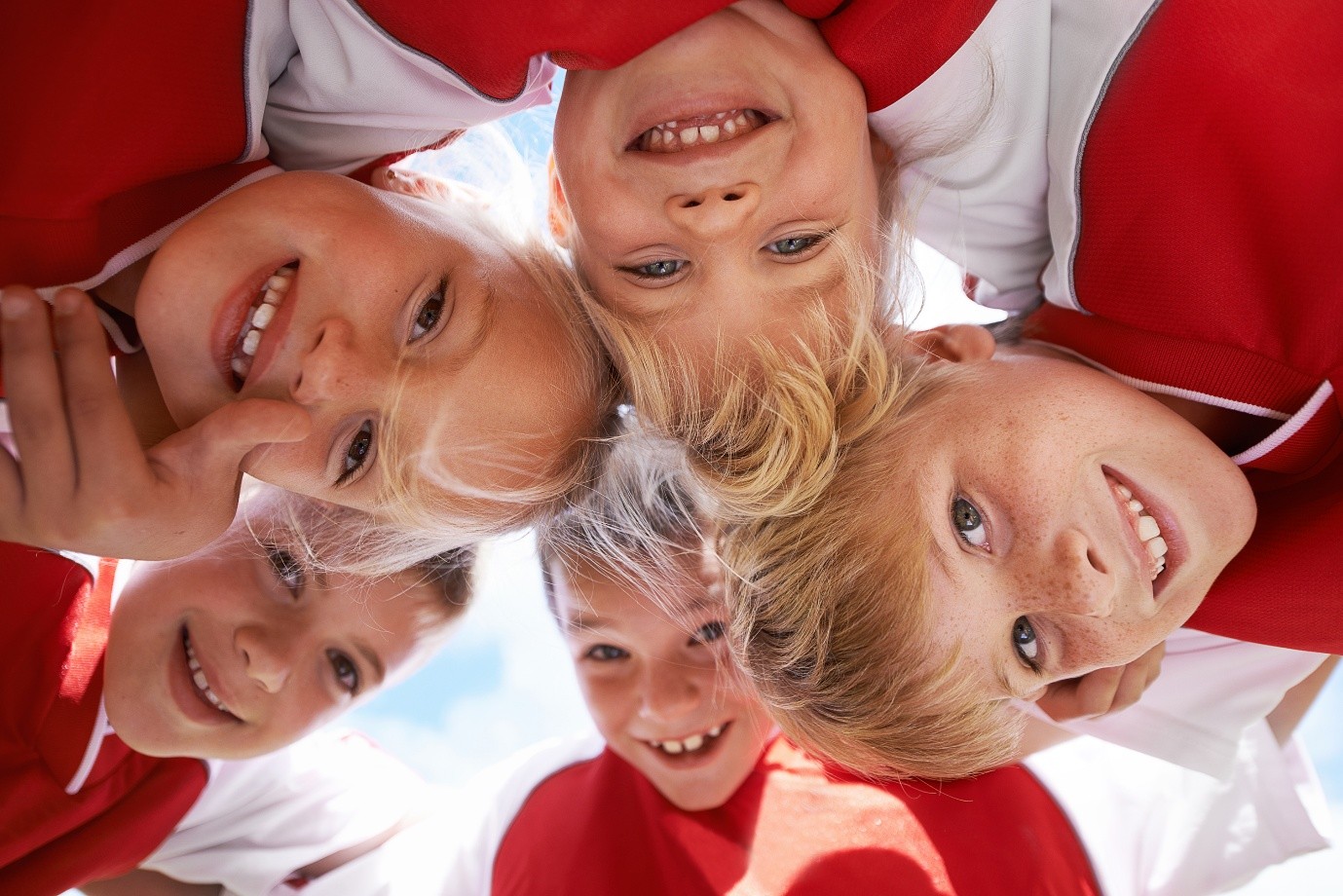It’s opening night. The school hall smells faintly of paint and paper mâché. There’s a Year 5 pupil with a cardboard crown that’s just a little too large for their head, nervously adjusting their costume backstage. Parents are streaming in, phones at the ready, clinging to the best seats like it’s Glastonbury. You’ve made it to the school play and so has the annual data protection dilemma.
Because as predictable as last-minute prop malfunctions and forgotten lines, come the whispered queries: “Can I film this?” “What if someone else’s child is in the shot?” “Are we even allowed to take photos anymore?”
Ah yes, welcome to the wonderfully confusing world of data protection and school performances. Where nativity scenes meet nuanced legislation, and Mary’s not the only one cradling something precious.
Let’s start with the basics. Parents taking photos or videos for personal use? Absolutely fine. UK GDPR isn’t interested in mums and dads snapping a picture of their little star as the third shepherd from the left. That’s considered a “purely personal or household activity,” and data protection laws don’t apply. Parents can cheer, film, and Instagram away, within reason.
But let’s say a parent asks for a copy of the school’s official video of the play. Now we’ve stepped into a different category. If the school is recording or photographing the event, it’s processing personal data. That means GDPR applies. The school must be clear about what it’s capturing, why, and how that footage will be used or shared.
It’s here that things can get thorny.
For instance, imagine you’ve got a pupil in Year 4 whose parent has specifically requested their child not be photographed, perhaps due to safeguarding concerns. If that child ends up in the wide-angle shot of the final scene, and the video is later shared on the school’s website, that’s not just a mistake, it’s a potential data breach.
So schools have to tread carefully. It means thinking ahead. It means letting parents know in advance what will be filmed, how long the footage will be kept, and getting clear consent for public use, especially if the content might be shared beyond the school community.
Then there’s the grey area of social media. Suppose a proud grandparent posts a clip of the school play on Facebook, featuring multiple children in the background. No malice, no agenda, just pride. Still, if that video ends up widely circulated or accessible to people outside the immediate circle, concerns can start to surface. And suddenly, the school may get complaints from parents who hadn’t realised their child might appear in someone else’s family montage.
Educators often find themselves caught between celebrating achievements and navigating consent. You want to showcase the joy, the creativity, the culmination of weeks of rehearsal. But you also don’t want to inadvertently violate someone’s privacy or their trust.
So what can be done?
Communication, as always, is your best friend. Set expectations early. Let families know what the school’s policy is on filming and photography. Provide opportunities for opt-outs and be clear that personal recordings must not be posted publicly without consent from all those featured.
And if you’re recording the event as a school, make sure your privacy notices are up to date, your consents are meaningful, and your editing software is ready just in case someone needs to be cropped or blurred.
One school I worked with handled it beautifully: before the play, the headteacher gave a warm, informal announcement. “We know you’ll want to remember tonight,” she said. “Feel free to take photos of your own child, but please be mindful of others. Let’s celebrate the magic without forgetting that we all have different comfort levels.”
The audience appreciated the reminder. Phones were out, but respectfully so. And not a single complaint followed.
Ultimately, the aim isn’t to dampen the occasion, it’s to protect the people in it. Children deserve to shine on stage without worrying about where that footage might end up. And parents deserve clarity about how their children’s images are being used.
So as the lights dim and the narrator clears their throat, take a breath. You’ve got the play under control. And with a little forethought, you’ve got the data protection side covered too.
Break a leg, and maybe set your camera to “portrait mode.”










